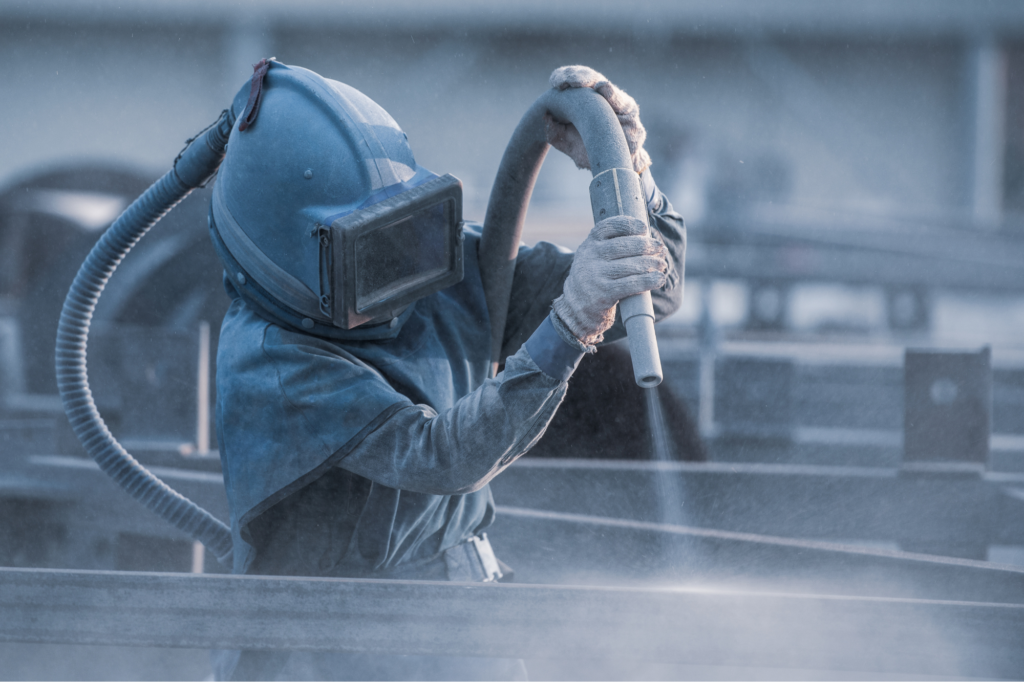
Strategies for multiemployer worksite safety
Aside from the legal liabilities involved, multiemployer worksites pose unique hazards. Differences in safety policies, standard practices, and training levels can create an uneven playing field where workers may be unaware of the dangers around them.
To ensure multiemployer worksite safety, it’s crucial to keep in mind several key strategies, regardless of whether you’re partnering with a staffing agency, hiring independent contractors, or working alongside another firm.
Understand OSHA regulations
- The Occupational Safety and Health Administration’s (OSHA) multiemployer policy classifies employers and their responsibilities in four categories:
- Creating: The employer that causes a hazardous condition that violates an OSHA standard;
- Exposing: An employer whose own employees are at risk of being exposed to the hazard;
- Correcting: An employer engaged in a common undertaking on the same worksite as the exposing employer responsible for correcting the hazard; and
- Controlling: An employer with general supervisory authority over the worksite, empowered to correct safety and health violations itself or require others to do so.
When issuing citations, OSHA determines which category applies to the offending employer(s) and imposes fines and penalties accordingly. However, it’s important to note that no employer can shift responsibility to another company, and placing blame on another entity for a worker’s misfortune isn’t a viable strategy. To prioritize safety and mitigate liability, it’s best to take proactive measures to protect all individuals at the worksite.
Screen your candidates
While you may not have control over other companies’ hiring decisions, you can take proactive measures to ensure worksite safety. One effective step is to thoroughly assess your subcontractors’ work histories, incident rates, and safety-related policies. Look into whether they have faced OSHA violations, and, if so, inquire as to how they were addressed and corrected. Investigate if they have a track record of accidents at similar worksites. Additionally, inquire about their programs addressing substance abuse and other safety-related issues.
By asking these crucial questions in advance, you can effectively prevent unsafe individuals and practices from entering your worksites.
Verify insurance coverage
Similarly, it’s essential to ensure your partners and subcontractors have reliable insurance coverage and will be held accountable for their workers. By taking this precaution, you can significantly reduce both legal and financial risks. Furthermore, when partners and subcontractors are aware that they’re responsible for their employees’ safety, they’re more likely to prioritize and contribute to maintaining a safe working environment for everyone involved.
Discuss safety in advance
To ensure comprehensive safety measures, it’s crucial to discuss and address every potential hazard with co-contractors and subcontractors before the commencement of work or before new parties enter a worksite. This proactive approach allows for an equitable distribution of responsibilities and provides each company with an opportunity to bring attention to any overlooked issues or concerns the others may have missed.
Positive reinforcement is key
Aside from dividing responsibilities and identifying hazards, it’s crucial for all parties involved to establish common goals and policies. This includes setting a shared objective, such as achieving a zero-accident goal for the entire worksite and implementing specific requirements for all employees. In the case of hiring subcontractors, an effective way to encourage safe practices is by offering zero-incident bonuses. By reinforcing these positive behaviors and aligning everyone’s efforts toward a collective commitment to safety, the worksite can foster a culture of safety and minimize accidents.
Multiemployer training sessions
In addition to training your employees on safety protocols, it’s crucial to ensure all individuals at your worksite are informed and aligned with the same safety standards. To achieve this, it’s recommended to collaborate with co-contractors and subcontractors by conducting mandatory training sessions before commencing work. By organizing these efforts through a digital training management system, you can streamline processes and ensure seamless coordination among all parties involved. Furthermore, it’s important to encourage other entities to adopt similar approaches and implement their own training programs. This collective commitment to comprehensive training fosters a safer worksite for everyone and promotes a shared understanding of safety practices.
Create safety committees
To enhance coordination and foster effective communication regarding safety, establish a safety committee comprising representatives from all contractors involved. This committee should convene multiple times throughout the project to provide a platform for all parties, regardless of size, to voice their concerns and share insights.
When the project nears completion, hold a final meeting to facilitate a comprehensive discussion. This meeting should serve as an opportunity to evaluate what went wrong, identify successful practices, and explore strategies for improving safety on future jobsites. By engaging in this type of post-project analysis, each contractor can reflect on their individual contributions and collectively work toward creating safer work environments moving forward.



